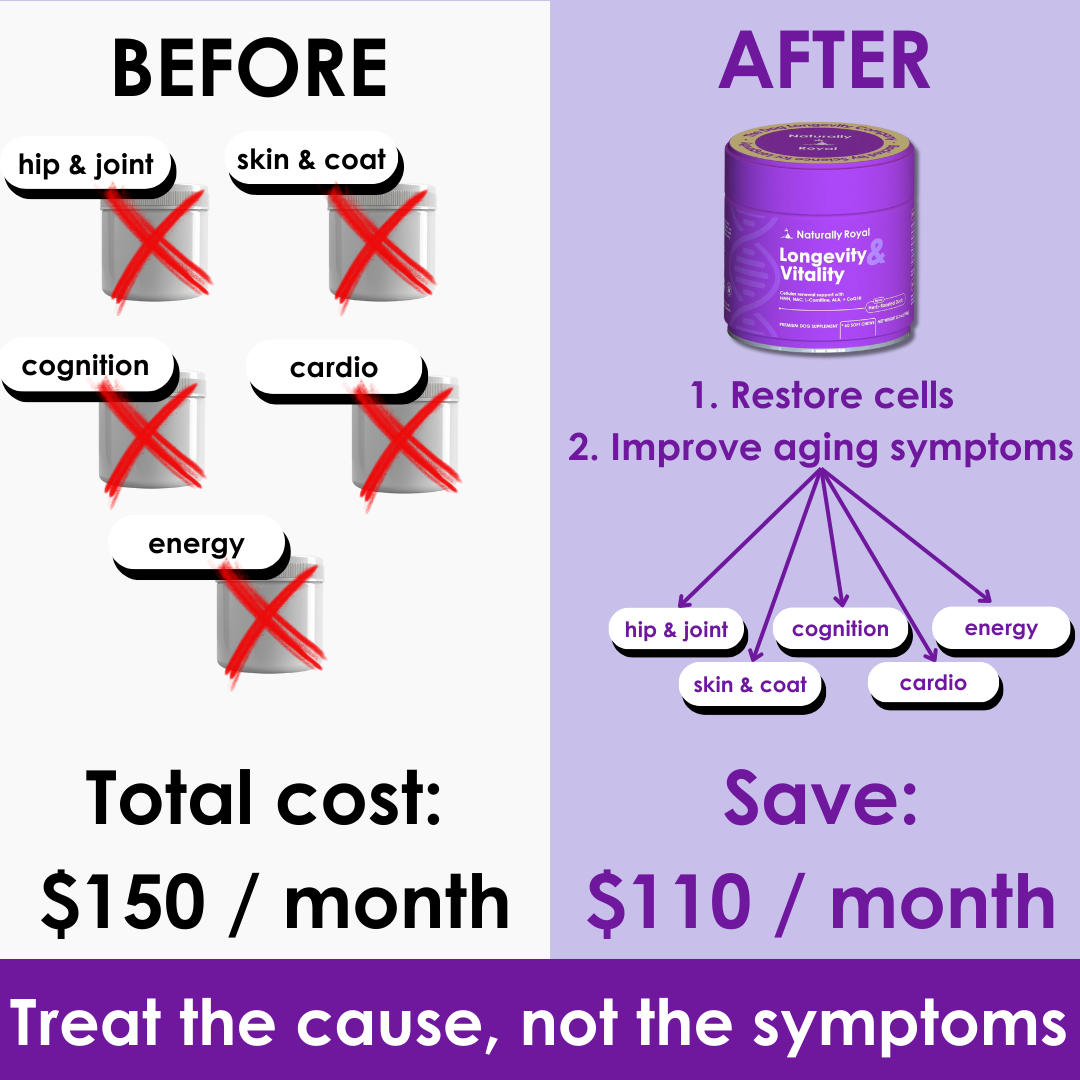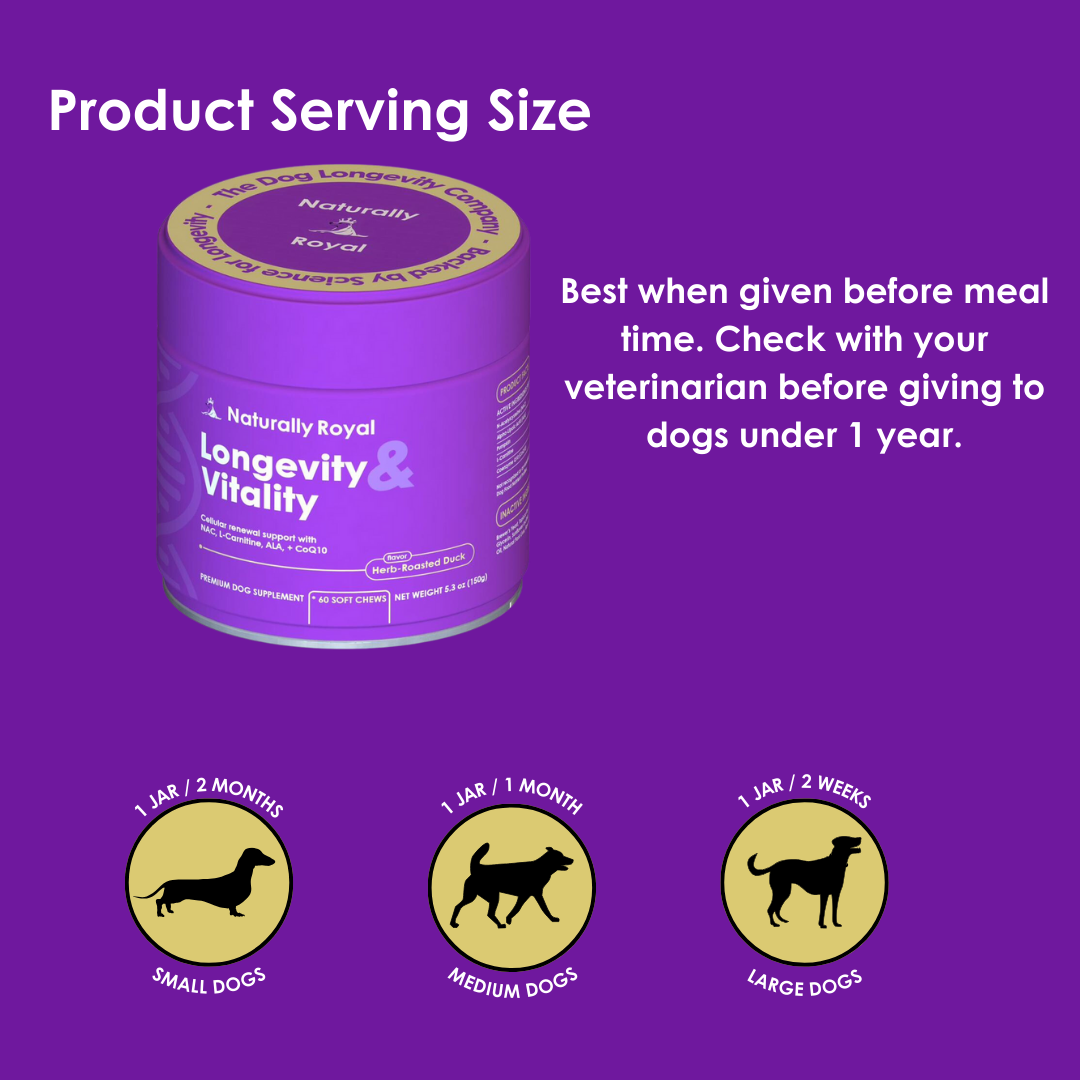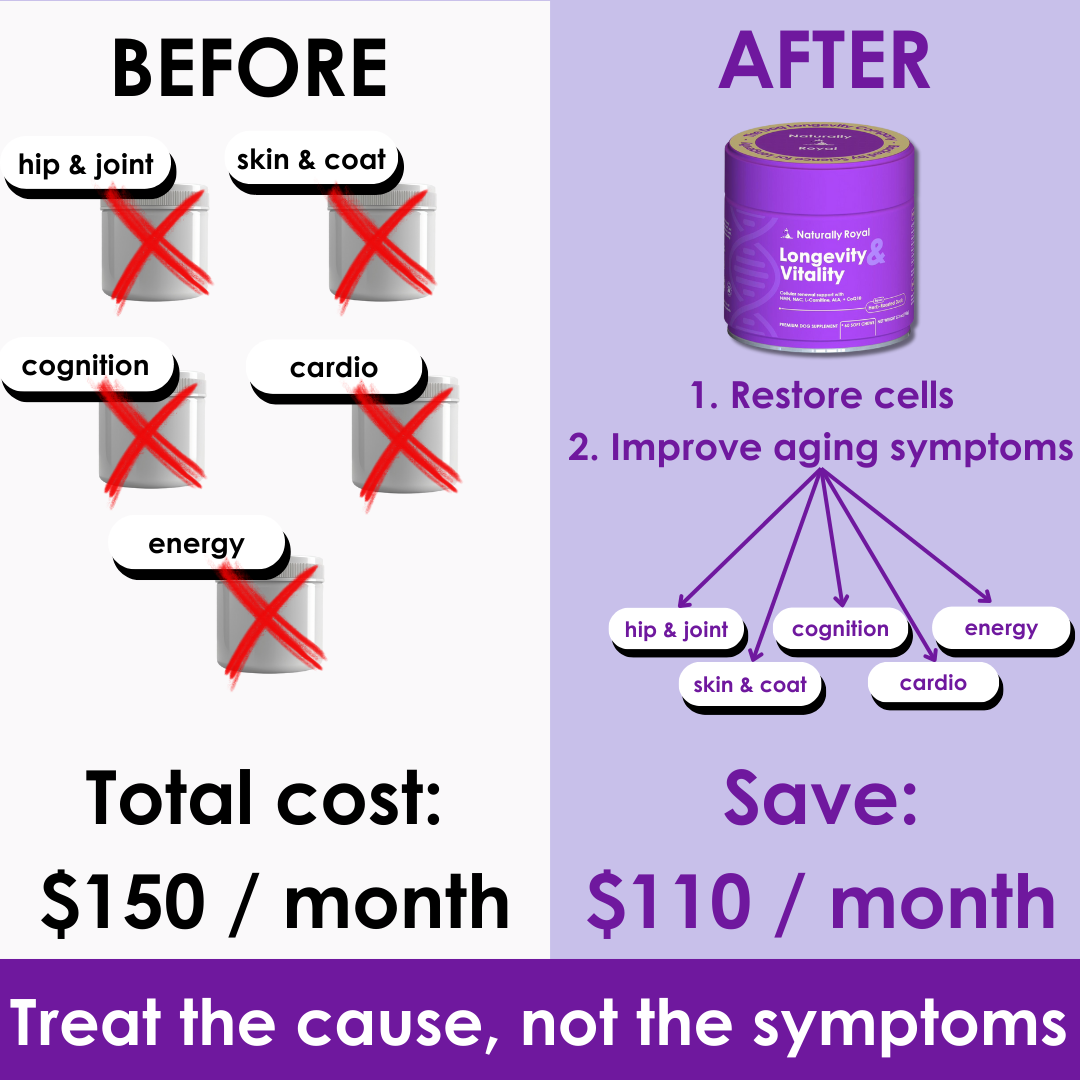New Guidelines for Spaying and Neutering to Improve Longevity
The decision of when to spay or neuter your dog has significant implications for their long-term health and longevity. Recent research from the University of California, Davis, provides updated guidelines to help pet owners make informed choices, aimed at reducing the risk of certain cancers and joint disorders. Let’s explore these new recommendations and their potential impact on your dog’s health and lifespan:
Why Timing Matters:
Spaying or neutering a dog involves the removal of reproductive organs, which affects the levels of sex hormones in the body. These hormones play a crucial role in various physiological processes, including the closure of bone growth plates. Early removal can increase the risk of health issues like joint disorders and certain cancers.
Key Findings from UC Davis Study:
Researchers at UC Davis analyzed over a decade of data from thousands of dogs across 40 popular breeds. They discovered that the age at which dogs are spayed or neutered significantly affects their risk of developing health issues. Here are some key findings:
-
Breed-Specific Risks:
- Pointers: Both male and female pointers had higher rates of joint disorders and cancers when neutered early.
- Mastiffs: Male mastiffs showed increased risks for cranial cruciate ligament tears and lymphoma.
- Newfoundlands: Female Newfoundlands were more prone to joint disorders with early neutering.
- Rhodesian Ridgebacks: Female Ridgebacks faced higher risks of mast cell tumors when neutered very early.
- Siberian Huskies: This breed showed no significant effects on joint disorders or cancers related to early neutering.
-
General Risks:
- Early neutering can lead to joint disorders such as hip or elbow dysplasia and cranial cruciate ligament tears.
- Certain cancers, including lymphomas, bone cancers, and mast cell tumors, were more prevalent in dogs neutered before one year of age.
Updated Guidelines:
The study emphasizes the importance of personalized decisions based on the dog's breed, sex, and individual health context. Here are some general guidelines derived from the research:
-
Wait for Maturity:
- For many breeds, waiting until the dog is at least one year old before spaying or neutering can reduce the risk of joint disorders and certain cancers.
-
Consider Breed-Specific Recommendations:
- Different breeds have varying risks associated with early neutering. It’s essential to consult with your veterinarian about the best age for your specific breed.
-
Monitor Health Signs:
- Regular veterinary check-ups can help monitor for signs of joint disorders and cancers, especially in breeds known to be at higher risk.
Impact on Longevity:
By adhering to these updated guidelines, pet owners can significantly reduce the likelihood of their dogs developing serious health issues, thereby enhancing their overall quality of life and longevity. Proper timing of spaying or neutering can:
- Reduce Joint Disorders: Avoiding early neutering helps in the proper development of bones and joints, reducing the risk of painful and debilitating joint issues.
- Lower Cancer Risks: Delaying neutering until the dog is older can decrease the chances of developing certain types of cancer, contributing to a healthier, longer life.
Conclusion:
Making informed decisions about when to spay or neuter your dog is crucial for their long-term health and longevity. The new guidelines from UC Davis highlight the importance of personalized care based on breed and individual health considerations. Always consult with your veterinarian to determine the best timing for your dog, ensuring they lead a healthy, happy, and long life.
























